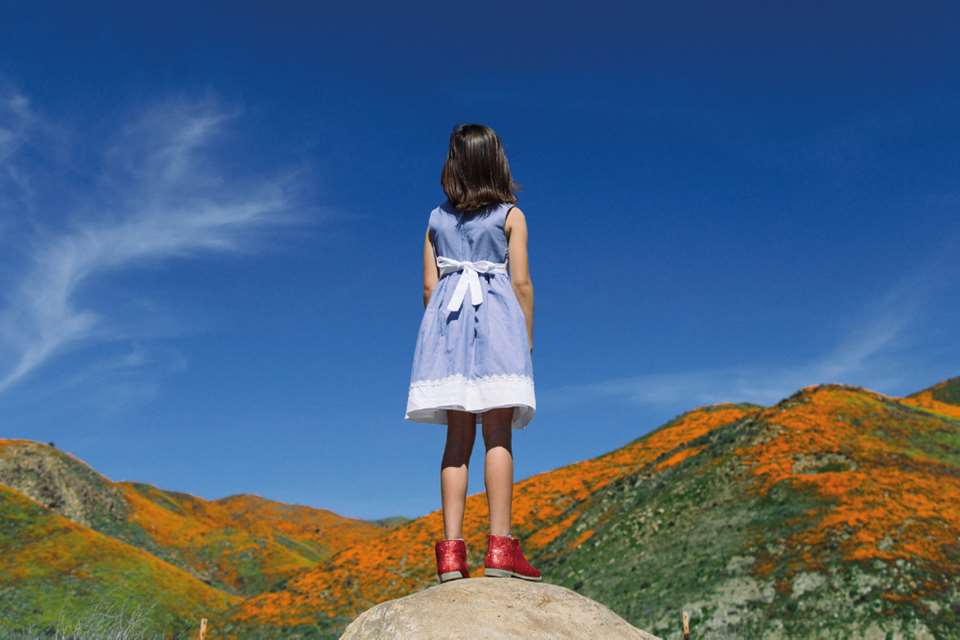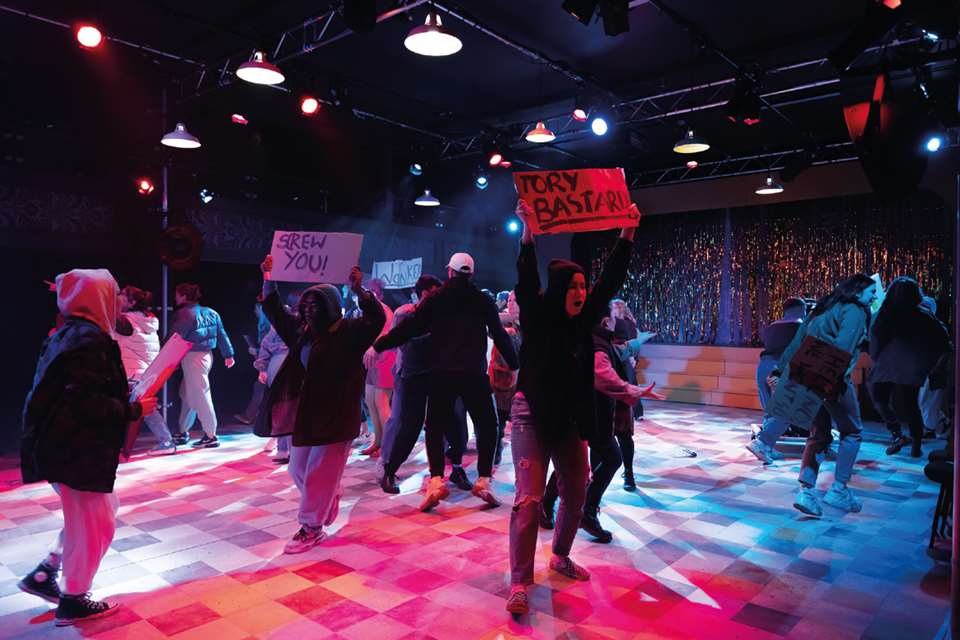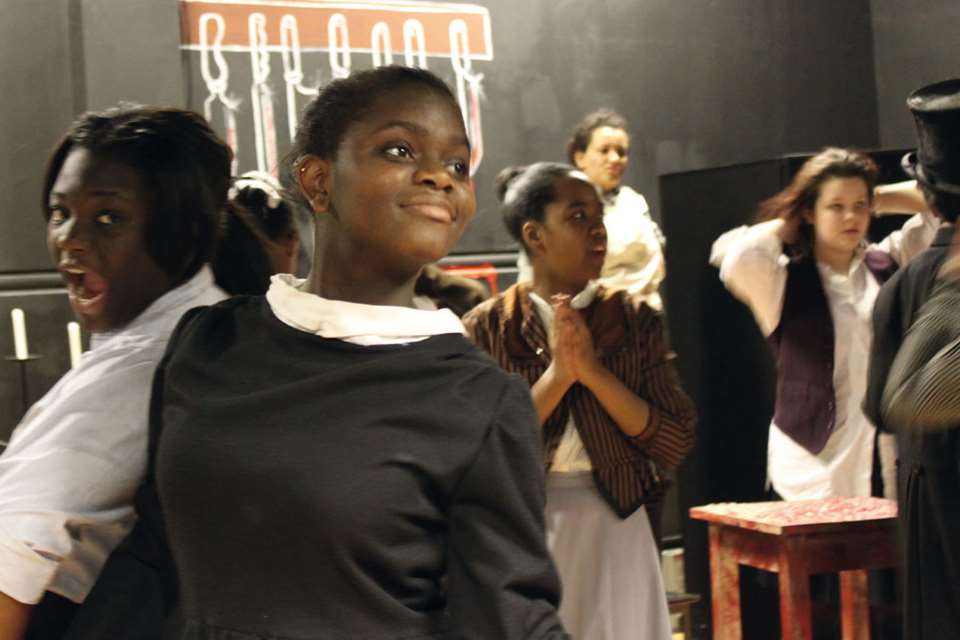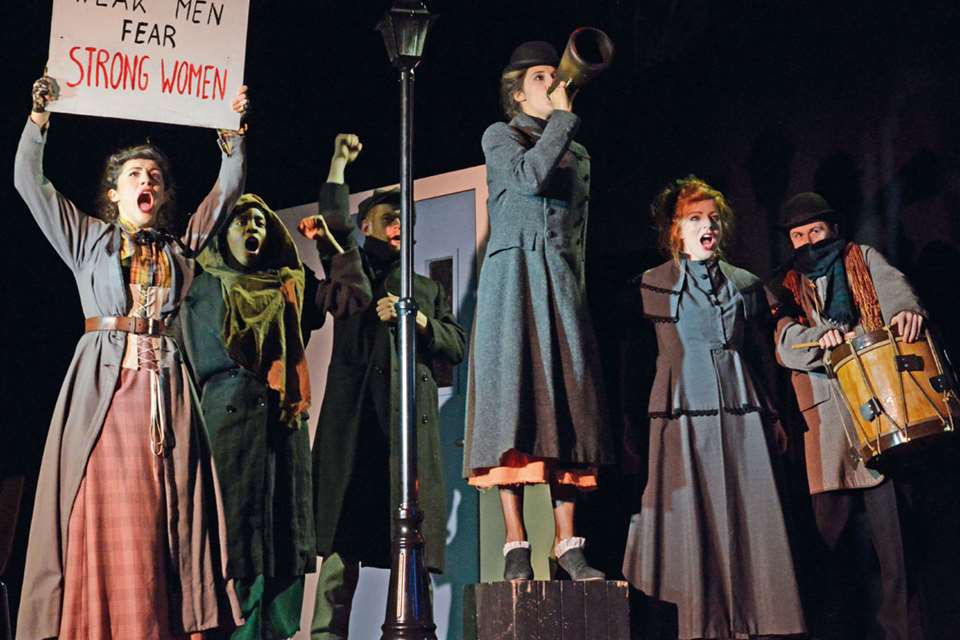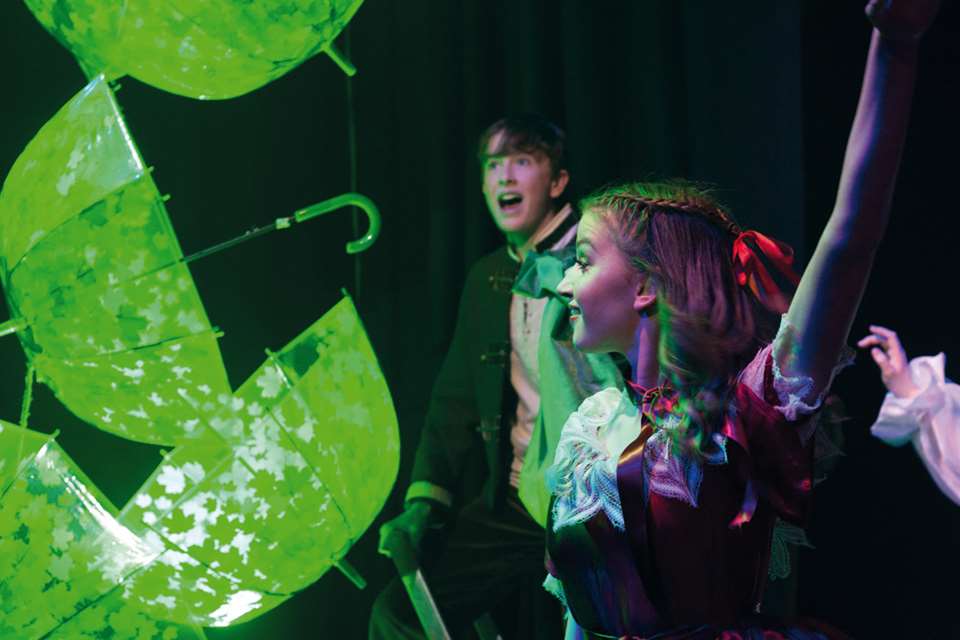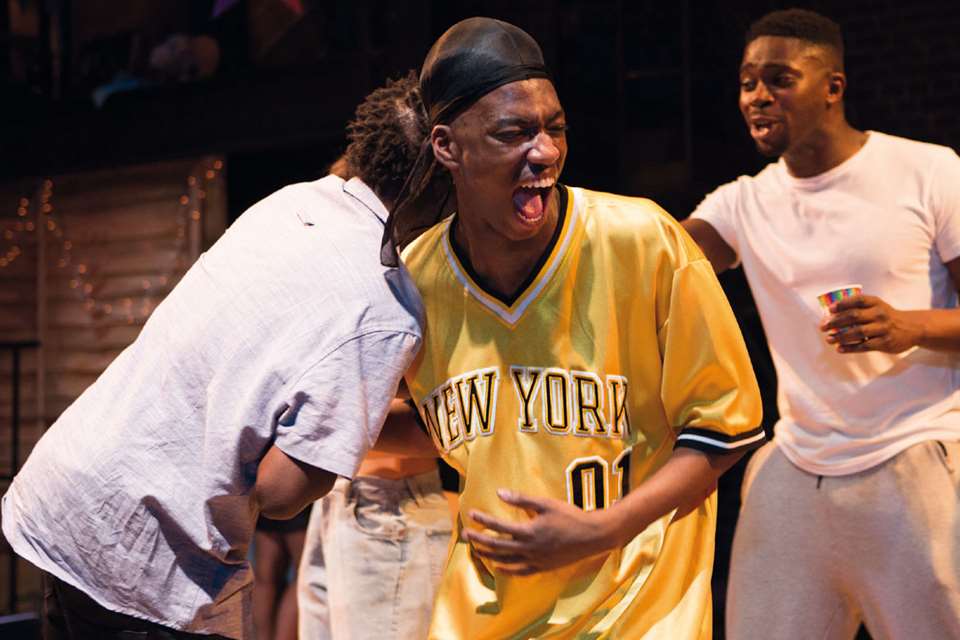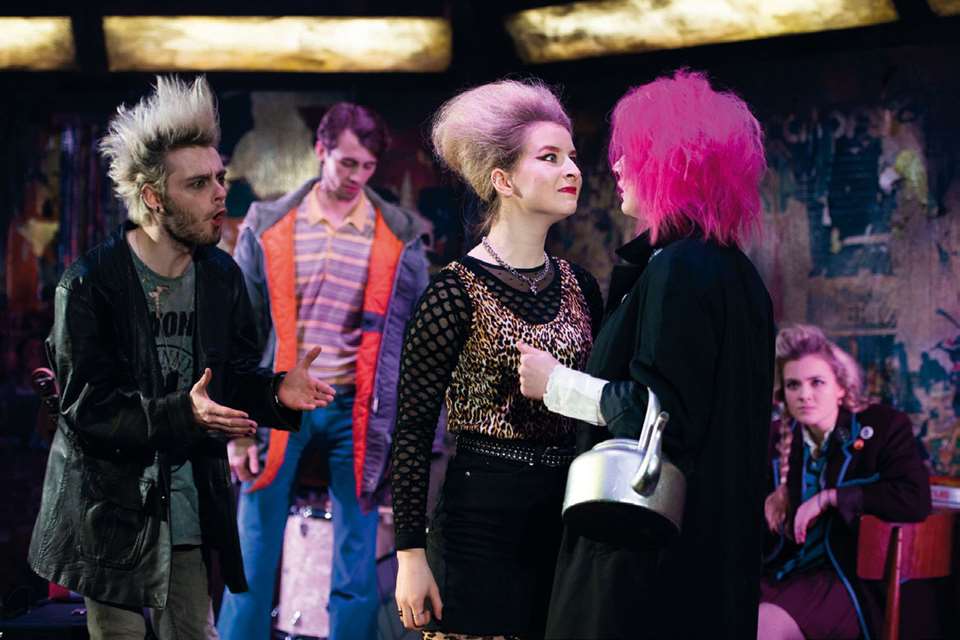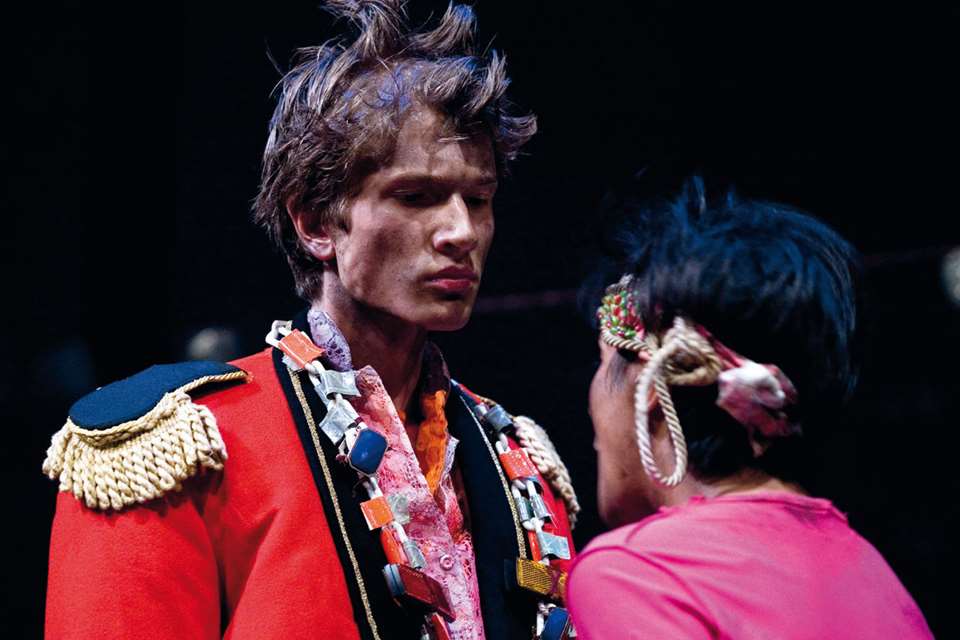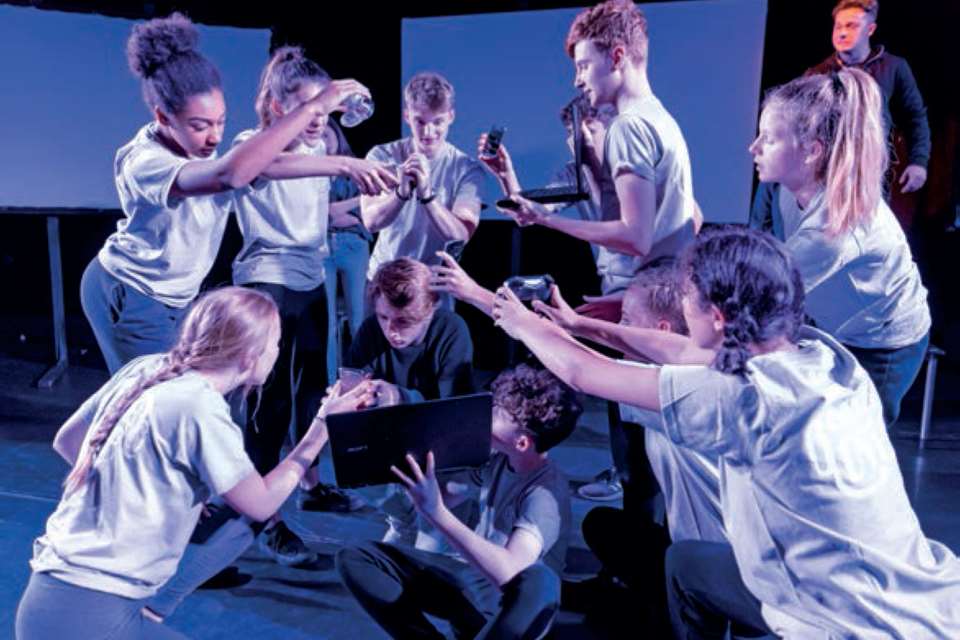The Wizard Of Oz: Play for performance
Tom Kirkham
Friday, December 1, 2023
In each issue of D&T, we bring you a page-to-stage focus on a play for performance with your students, written by someone who's directed it themselves. This edition, writer and publishing director of The School Musicals Company, Tom Kirkham, introduces The Wizard of Oz.
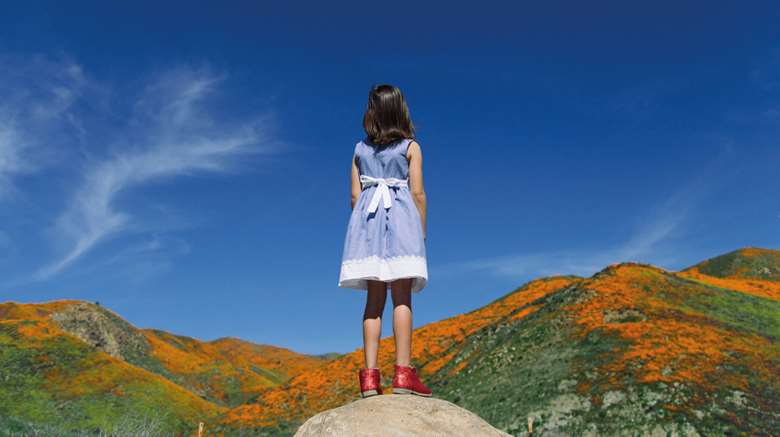
Adobe Stock/ Starla
It has, remarkably, been over 80 years since the release of the much-loved film The Wizard Of Oz, and it is still through the film, rather than the book by L. Frank Baum, that most people will know the story. This new musical adaptation looks to the original book for its inspiration – its great heart, its wonderful sense of adventure, its innocence and its magic. These are very much the driving forces in this new version, with a protagonist who is very definitely a girl as opposed to a young woman. Ideally pitched for a cast of 10 to 14-year-olds, the show runs at about 80 minutes excluding interval. It has proved immensely popular since its release in January 2023, and has now been staged by schools and youth theatres in over 30 countries.
Casting elements
When children take part in a production, they know that not everyone can be cast in the lead roles, and they accept this. But for a production to be truly successful, each person in the cast needs to feel that they are contributing and, even more importantly, that they are given a chance to enjoy being involved. This version of The Wizard Of Oz does of course have its lead roles, but it also provides lots of meaningful additional parts and plenty of opportunities for the ensemble to contribute. The different groups of characters also have their own scenes which can – predominantly – be rehearsed separately, making the rehearsal process a little easier. These include the Munchkins, the Winged Monkeys and the Mice. And, as with all shows by The School Musicals Company, the editable script is available as part of the package, with guidance on adapting the script for smaller/larger casts included in the book.
The music
The show comprises nine songs, two reprises and lots of incidental music for scene transitions. In the vast majority of cases the songs are sung through entirely, usually by groups of performers or by the full ensemble. There are only two solos: Wicked, sung by the Wicked Witch of the West (though even here the Winged Monkeys have a part), and Toto sung by Dorothy to her little dog. The songs are crucial to the narrative and drive much of the action. The opening number, One Day In Kansas, begins at Dorothy's home in the prairies, only to whisk her (and her house) away to Oz during an instrumental section representing the cyclone. Similarly, the final number, There's No Place Like Home, begins in Oz and ends in Kansas, returning Dorothy to her aunt and uncle. Overall, there is great variety within the music and for the most part the songs are sung in unison with occasional (optional) harmonies or second parts, making them very accessible and great fun to sing. As anyone who has ever directed a show with children will know, the more they enjoy the songs, the more they sing them, the quicker they learn them and the stronger they perform them.
Set design
The Wizard Of Oz is full of wonderful locations and set pieces, from the yellow-brick road and the Emerald City to the Witch's Castle and the Poppy Field. For a school production, the trick is how to convey these without them being costly, time-consuming to make and cumbersome to get on and off stage. Projected slides are one option. The alternative is to create one back-drop, probably of the yellow-brick road winding its way to the Emerald City in the distance and use props and smaller items of set to help create the others. Oversized poppies held by the ensemble would be ideal for the Poppy Field, the green costumes worn by the citizens of the Emerald City will be more than enough, and the use of atmospheric lighting combined with the presence of the Winged Monkeys will convey the chilling feel of the Witch's Castle.
Final thoughts
Pace is key in a production like this: long blackouts are great opportunities for checking mobile phones, so rattle through the transitions, bring children on from every conceivable entrance, and if a set needs changing, do it with the lights up and a touch of playfulness. Other than that the most important thing is that those performing enjoy the experience – from start to finish – so try to keep everyone involved as much as possible, tweak the show to fit your needs, and bring out the joy and magic of this wonderful story.
www.theschoolmusicalscompany.com


